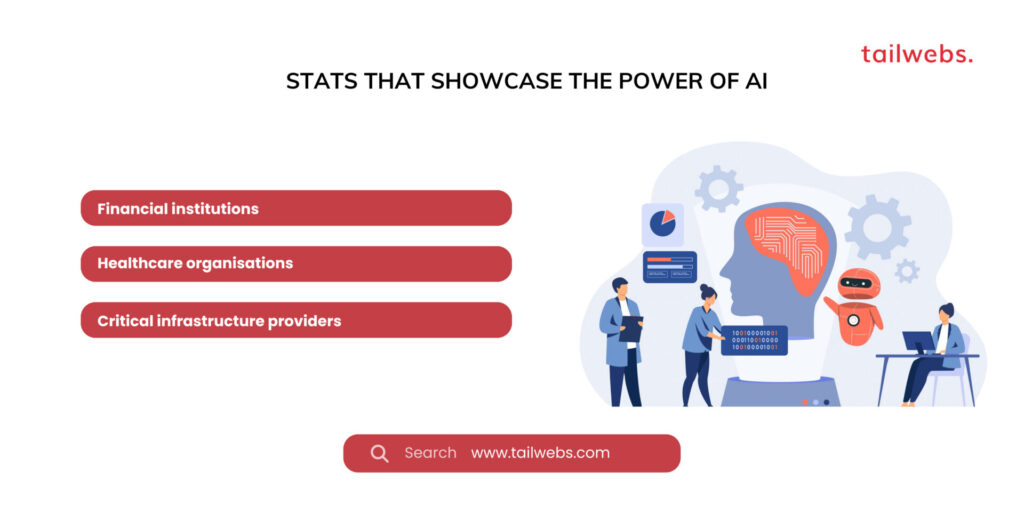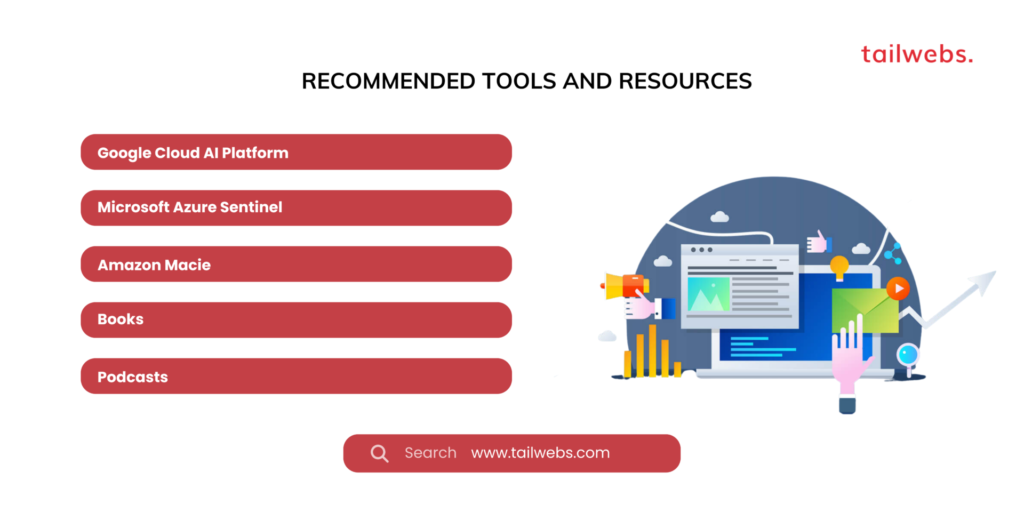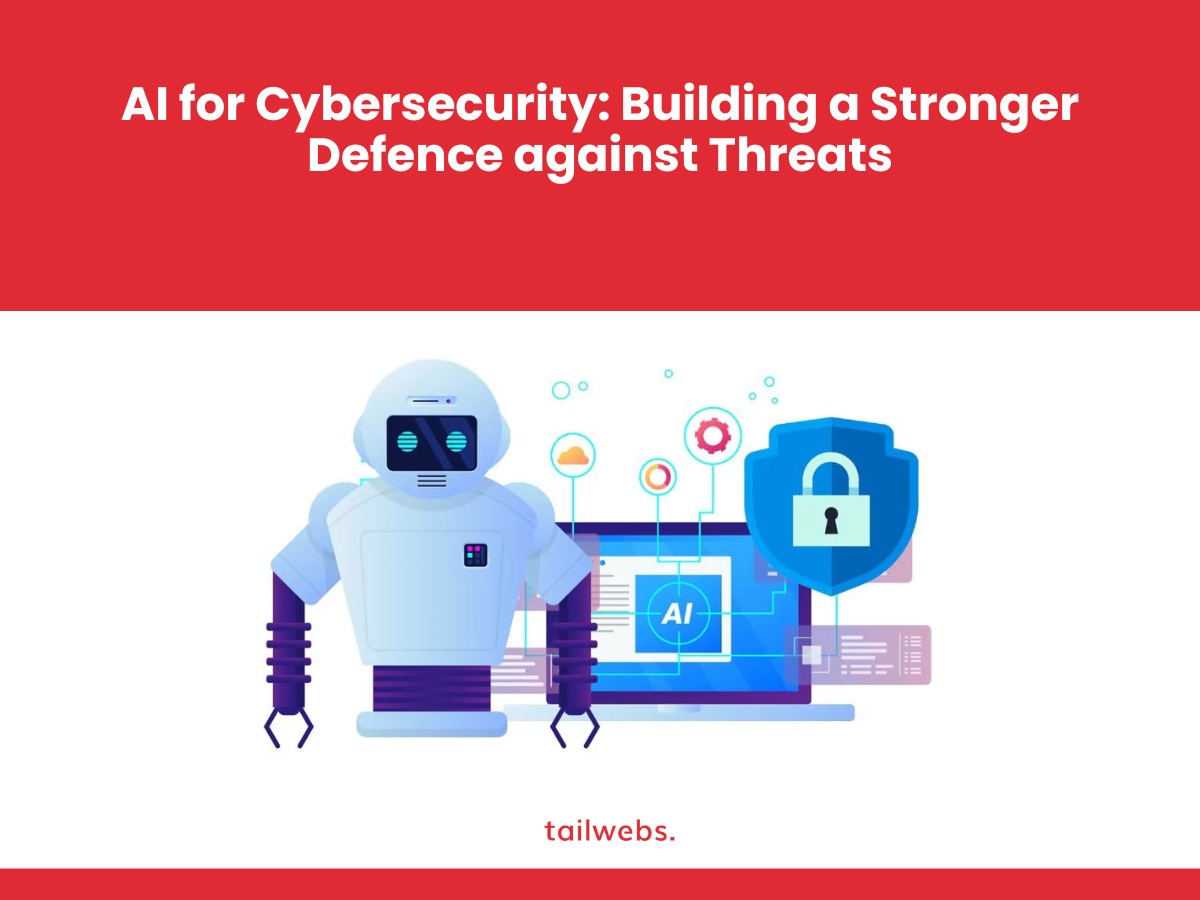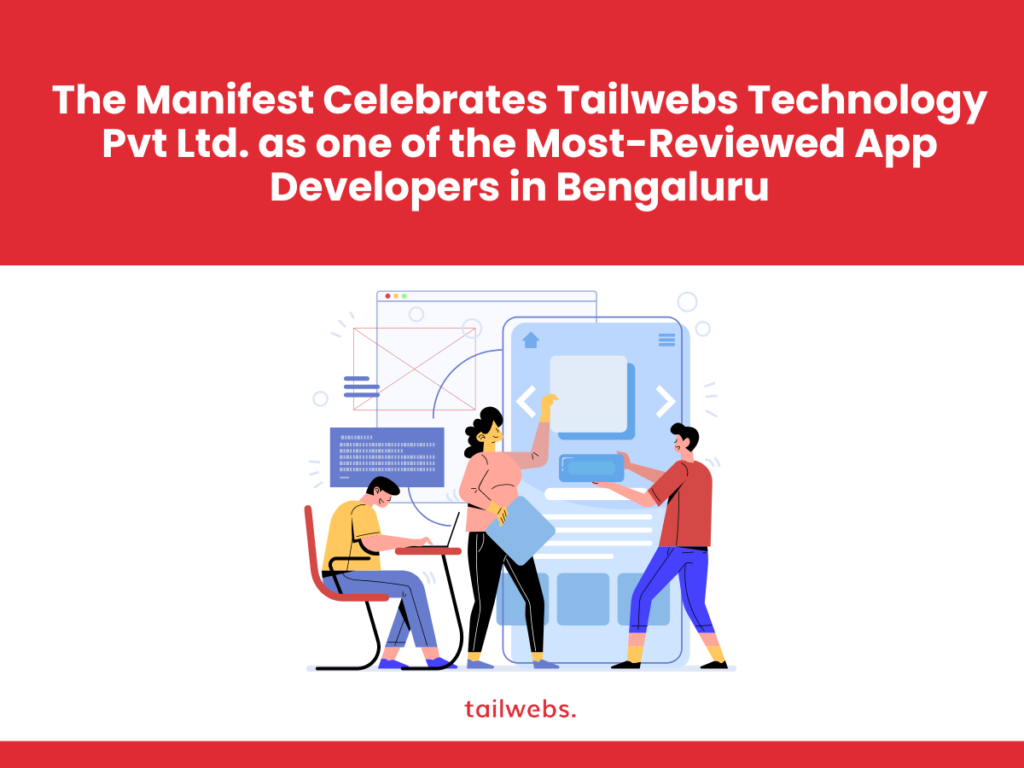In the digital age, where networks are intertwined and data reigns supreme, cyber threats lurk around every corner. Malicious actors, armed with sophisticated tools and ever-evolving tactics, constantly probe for vulnerabilities in our digital infrastructure. But just as the enemy evolves, so does our defence. Enter the rising hero of cybersecurity: Artificial Intelligence (AI).
AI is no longer the stuff of science fiction, it’s a game-changer in the cybersecurity battlefield. Imagine automated systems analysing mountains of data in real-time, identifying even the faintest whispers of a cyberattack, and responding with lightning speed to neutralise the threat. That’s the power of AI in cybersecurity.
Why AI is a Cybersecurity Superhero:
Superhuman Analysis:
AI can process vast amounts of data from network logs, system events, and threat intelligence feeds, uncovering hidden patterns and anomalies that human analysts might miss. Think of it as having a team of eagle-eyed detectives sifting through digital clues.
Predictive Threat Detection:
AI algorithms can learn from past attacks and identify emerging threats before they cause damage. This proactive approach allows organisations to stay ahead of the curve and build better defences. Imagine AI predicting a virus outbreak before it even infects a single system.
Automated Incident Response:
With AI, the days of slow, manual incident response are fading. AI-powered systems can automatically detect, analyse, and even respond to threats in real-time, minimising damage and downtime. Picture AI instantly quarantining a compromised system before it spreads the infection.
Adaptive Defense:
Unlike traditional rule-based security systems, AI adapts to the ever-changing threat landscape. As new attacks emerge, AI algorithms learn and evolve, constantly strengthening your defences. Imagine your cybersecurity shield morphing and adapting to every incoming threat.

Stats that Showcase the Power of AI:
The global AI security market is expected to reach $58.6 billion by 2026. (MarketsandMarkets, 2023)
92% of security professionals believe AI will play a critical role in cybersecurity by 2025. (Fortinet, 2023)
AI can help organisations reduce their security spending by up to 30%. (Accenture, 2023)
AI-powered systems can detect security threats with up to 99% accuracy. (Gartner, 2023)
AI in Action: From Fiction to Reality
Let’s see how AI is already making a difference in the real world:
Financial institutions:
AI tools analyse transactions in real-time to detect and prevent fraudulent activity, protecting valuable financial assets.
Healthcare organisations:
AI algorithms identify and prioritise cyber threats targeting sensitive medical data, safeguarding patient privacy and security.
Critical infrastructure providers:
AI systems monitor industrial control systems for signs of intrusion, preventing cyberattacks that could disrupt vital services.

Building Your AI-Powered Defence: Practical Tips
Implementing AI for cybersecurity doesn’t require a team of data scientists and a million-dollar budget. Here are some practical steps to get started:
Identify your priorities and vulnerabilities. What security challenges do you face? Where are your systems most susceptible to attack?
Start small and scale gradually. Don’t try to overhaul your entire security infrastructure overnight. Choose a specific problem to tackle with AI and build success from there.
Invest in quality data and infrastructure. Garbage in, garbage out. Ensure you have clean, accurate data and the right infrastructure to support your AI initiatives.
Seek expert guidance. While you don’t need a team of AI whizzes, consult with experts who can help you navigate the implementation process and choose the right tools for your needs.
Recommended Tools and Resources:
Google Cloud AI Platform: A suite of AI and machine learning tools for cybersecurity.
Microsoft Azure Sentinel: A cloud-native security information and event management (SIEM) platform with AI capabilities.
Amazon Macie: A service for identifying and classifying sensitive data stored in your AWS S3 buckets.
Books: “AI for Cybersecurity” by Chuck Tanzilli, “The Art of Deception: Controlling the Human Element in Security” by Kevin Mitnick and Richard Behar, “Cybersecurity: The Essential Body of Knowledge” by William Stallings and Lawrie Brown
Podcasts: CyberWire, Down the Security Rabbithole, Malicious Life

Conclusion: The Future of Cybersecurity is Intelligent
The digital landscape is constantly evolving, and the threats we face are becoming more sophisticated. To stay ahead of the curve, organisations need to embrace AI as a key weapon in their cybersecurity arsenal.
By combining human expertise with the power of AI, we can build **a future of proactive defence, adaptive security
The Human-AI Collaboration: Stronger Together
Humans provide context and expertise:
AI algorithms learn from the data we feed them. Human knowledge of specific industries, regulations, and attack vectors is crucial for training AI models that are effective and efficient.
Humans validate and interpret AI outputs:
AI algorithms can flag anomalies and potential threats, but the final decision on how to respond lies with human experts. It’s their role to weigh the evidence, understand the context, and make informed decisions to neutralise the threat.
Humans maintain oversight and accountability:
AI algorithms, with all their power, can still be susceptible to bias or even manipulation. It’s essential for humans to monitor and audit AI systems, ensuring they operate ethically and responsibly.
Challenges and Ethical Considerations:
As with any powerful technology, AI in cybersecurity comes with challenges and ethical considerations:
Bias and discrimination:
AI algorithms trained on biased data can perpetuate unfair outcomes. It’s crucial to ensure data fairness and mitigate potential biases in AI development and deployment.
Explainability and transparency:
AI models can be complex and opaque, making it difficult to understand their decision-making process. Explainability of AI outputs is essential for building trust and ensuring accountability.
Privacy and data security:
AI relies on data, and collecting, storing, and using that data raises privacy concerns. Implementing robust data privacy practices and security measures is paramount.
The Future of AI in Cybersecurity: A Symbiotic Partnership
The future of cybersecurity belongs not to humans or machines alone, but to a powerful synergy of human expertise and AI capabilities. By embracing this collaborative approach, we can build a future of resilient, adaptive, and intelligent defence against ever-evolving cyber threats.
Imagine a world where AI acts as a vigilant sentinel, scanning the digital landscape for threats, while human analysts provide guidance and strategic direction. Together, they form an unbreakable shield, protecting our critical infrastructure, sensitive data, and digital ecosystems from harm.
Investing in AI for cybersecurity is not just about protecting your assets, it’s about protecting the future of our interconnected world. So, embrace the potential of this technology, deploy it responsibly, and join the fight for a safer, more secure digital future for all.
Conclusion:
This continuation of the blog emphasises the importance of human-AI collaboration, addresses challenges and ethical considerations, and paints a picture of a future where AI and humans work together to create a secure digital landscape. It concludes with a call to action, urging businesses and individuals to embrace AI for cybersecurity and invest in a more secure future.





